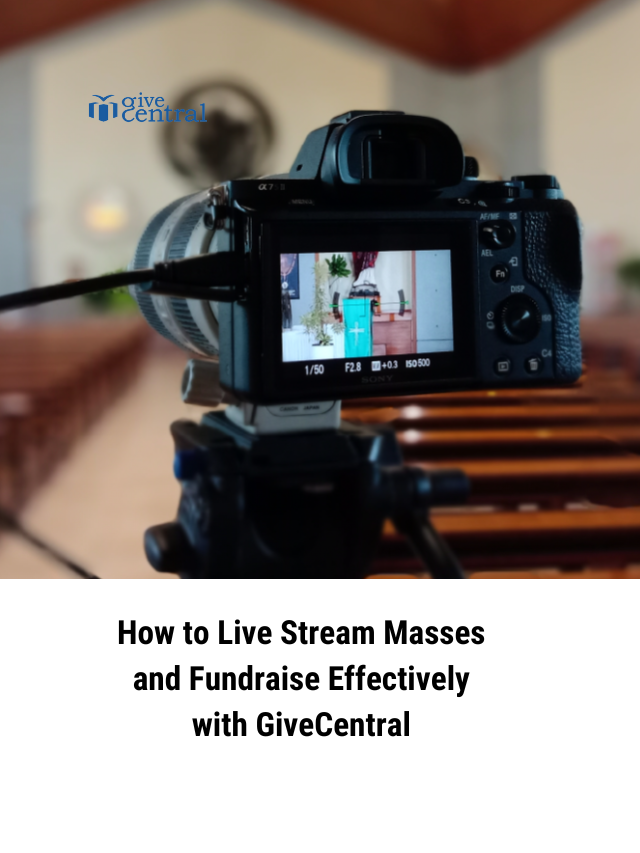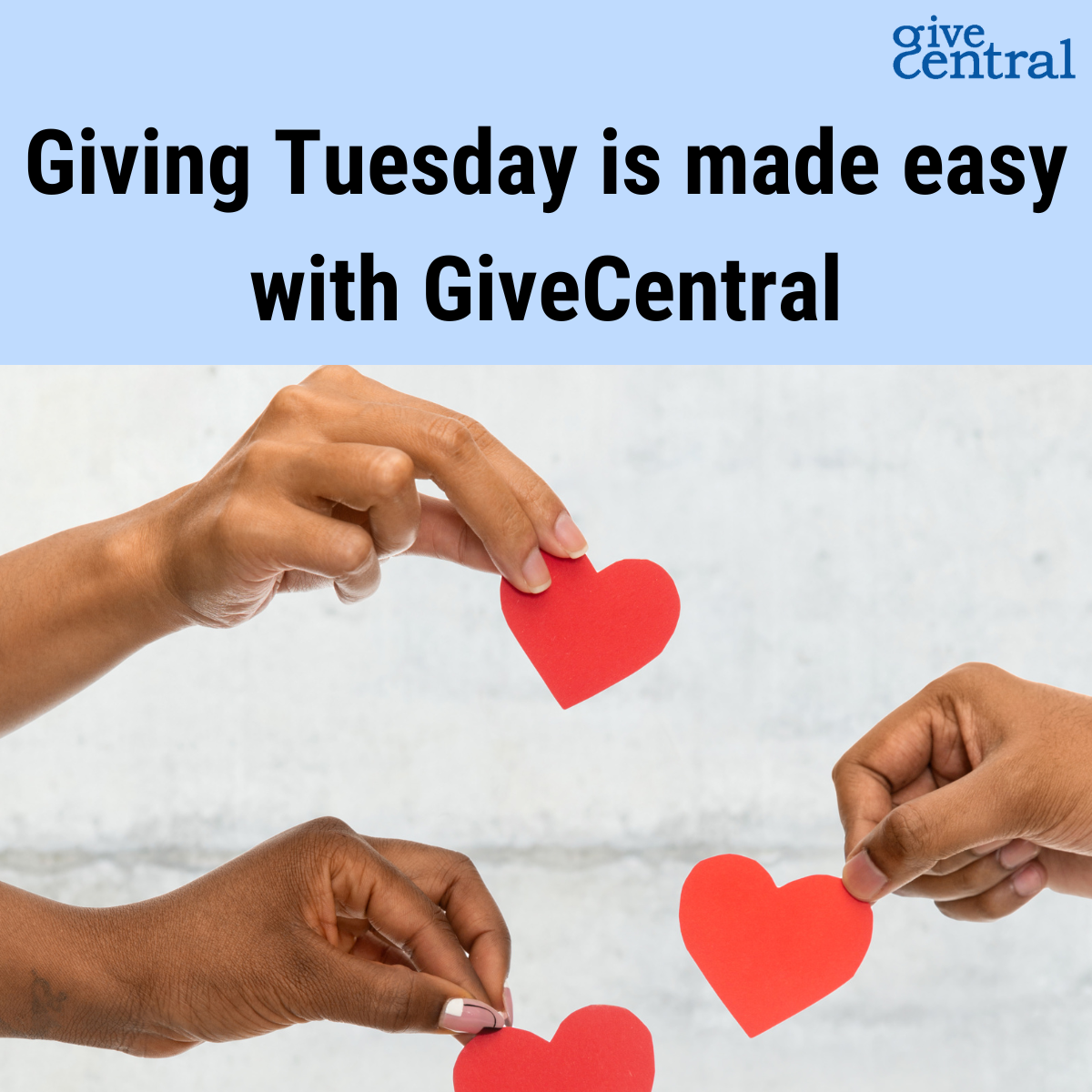We have been talking about things related to fundraising that can be done right and ways to do it right. In this article, let’s talk about the year-end fundraising mistakes that can be avoided in carrying out your year-end nonprofit fundraising campaigns. It is known to a lot of us that religious groups have been receiving the largest share of charitable donations.
With the 2.9% increase in donations in 2018, 31% of all donations, or $127.37 billion, went to religious organizations. This trend is most likely an outcome of people contributing to the local place of worship and services. On the other hand, 41% of worldwide donors give in response to natural disasters.
Talking about trends, online fundraising was increasingly important to nonprofits in 2019. It can be seen that online donor retention has become a bit easier to maintain as a lot of donors have now shifted to monthly recurring donation options. The importance of mobile fundraising and mobile donation pages has gone up, too. Nonprofit organizations need to really focus on developing more innovative mobile fundraising methods. Mobile fundraising and mobile-optimized donation pages are more important than ever. It’s interesting to see the different trends and techniques that work together to achieve the set goal.
Coming back to our topic, year-end is the most productive time for nonprofits, as this is the fundraising season. While some of us are already thinking about holidays, fundraisers are thinking of how they can best leverage the next four months. December is usually the main month when most donations come in, so if you aren’t preparing for it, then you might be missing a very big opportunity. Here are a few year end fundraising mistakes that should be avoided as you prepare for the big time of the year.
1. Beating around the bush
As a nonprofit, you need to first define your goal. Do not hit around the bush without even knowing what it is that you need to achieve. Clearly think about how much money you want to raise, build strategies around it, look for possible loopholes so that they can be fixed. If your year-end fundraising has something to do with a project you have set for next year, then that’s even better. A target of “$13,000 so we can make the budget” may not be nearly as successful as “$ 15,000 so we can double the number of trees we save in 2019.” That’s where the difference lies.
2. Doing things last minute.
Do not wait till the end of the year to make changes to your donation form or to test content for your fundraising campaign. It is important to remember that successful planning takes time, and execution also requires time. Start planning from October and see how easy and productive it gets for you towards the end.
3. Opting for shortcuts
Take emails, for example, you should never copy and paste content from your direct mail letter for your email. Of course, your email should be precise, crisp, not too lengthy, and easy to read on mobile devices; however, copying content directly wouldn’t spark any interest. You should be able to grab the attention of the reader – be personal with your mails, use words like “you” more often,n and make your call to action button prominent and easy to access. Also, a subject line of 50 characters is most appropriate.
4. Too many asks
Fundraising is also referred to as a game of balance. Instead of only asking your supporters to donate, you can have updates that do not include an ask of any sort. That would mean story updates in the form of videos and pictures; stories about your causes and how previous donations have helped in making the world a better place. Make sure that you include a lot of non-ask activities in your nonprofit fundraising plan.
5. Switch in messages
What you tell your donors and how you tell them helps in building your brand identity and positioning. This also means that it is an aspect of business that should remain constant. Your consistency will help people remember the message and your cause better; this will, in turn, improve the response rate and even revenue. Sit back and strategically think through what you want to say, and when you do so, say it with love.
In addition to the above points, it is extremely important to let your donors know that you’re thankful, for they play a major part in making your nonprofit fundraising a success. Year-end fundraising is a great time, especially when you’re doing it right. Plan well, work through it, and reap the fruits of your harvest, again!
common nonprofit mistakes donor thank you mobile fundraising nonprofit fundraising year-end fundraising
Last modified: April 30, 2025





















